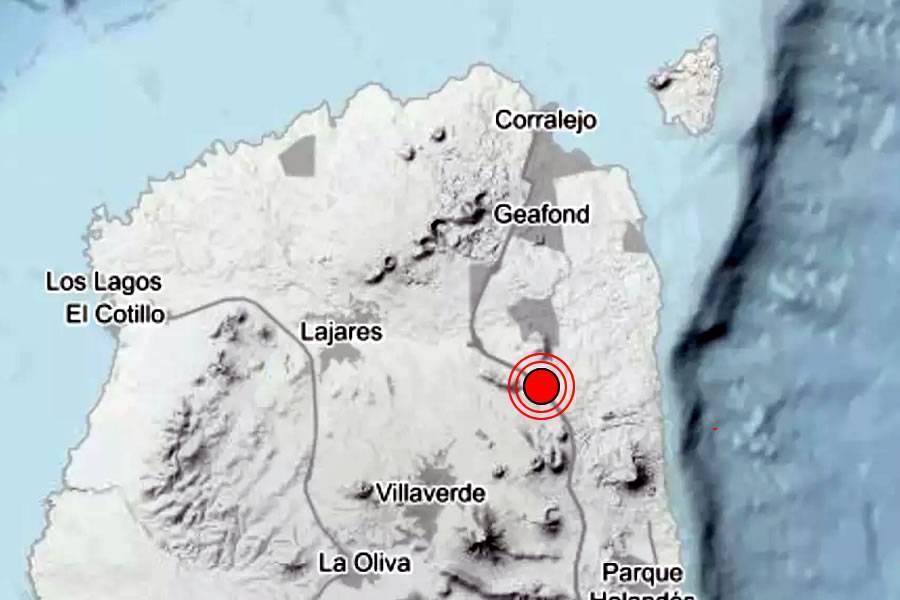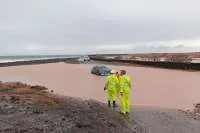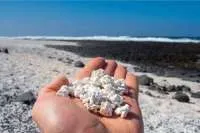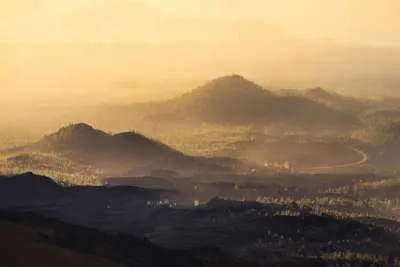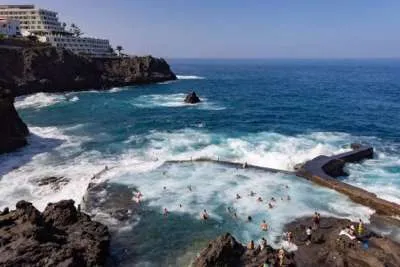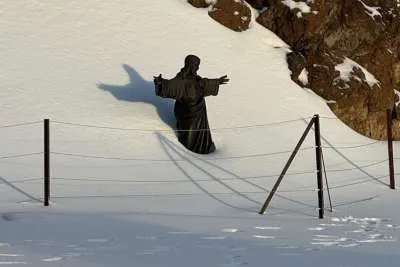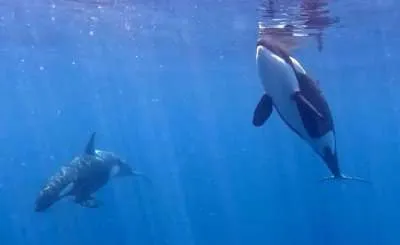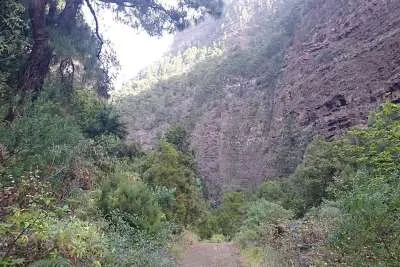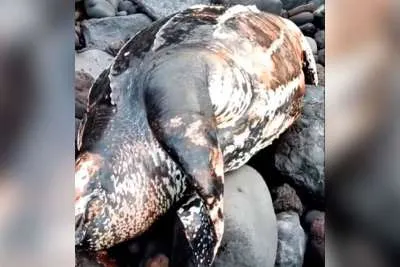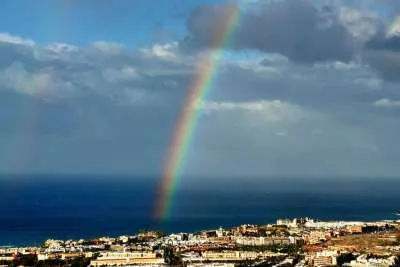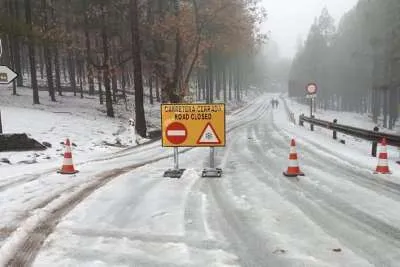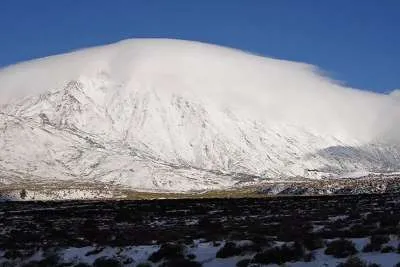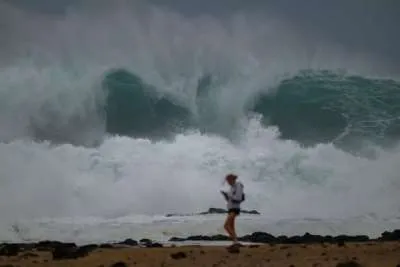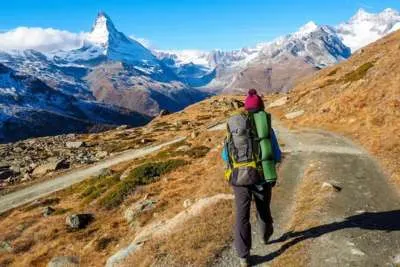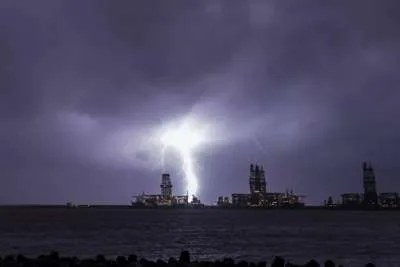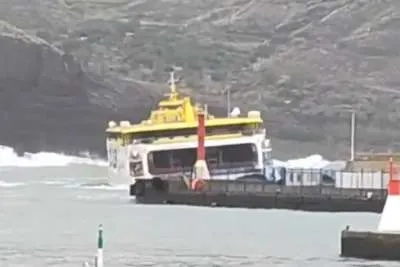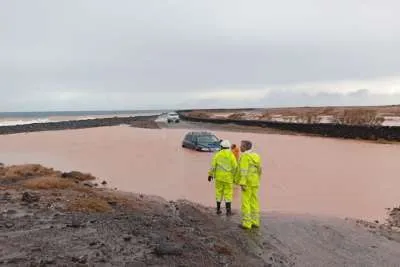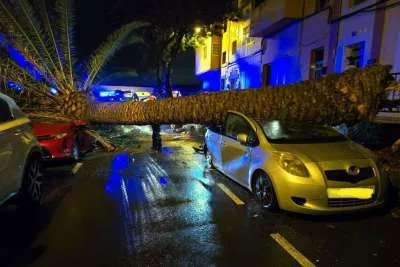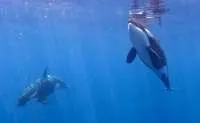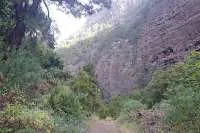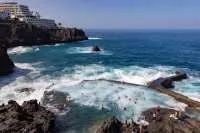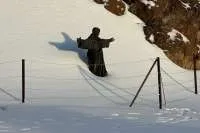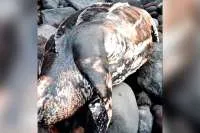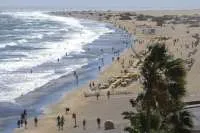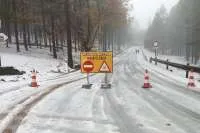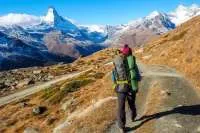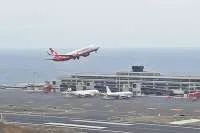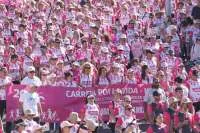2.4 magnitude earthquake felt in northern Fuerteventura
- 22-12-2024
- Fuerteventura
- Canarian Weekly
- Photo Credit: IGN
An earthquake registering a magnitude of 2.4 on the Richter scale was recorded on Friday in the northern region of Fuerteventura. Unusually it happened inland in the municipality of La Oliva, near Los Risquetes, as it is more typical for such tremors to occur offshore.
According to reports from the IGN, the earthquake struck at 6:03pm at a depth of 11 kilometres. Residents in nearby Villaverde felt the seismic activity, but no incidents or damages have been reported.
Seismic activity is common in the Canary Islands, and experts assure that these minor quakes pose no significant risk to the population. The IGN continues to monitor the situation, and residents are encouraged to remain informed about local seismic updates.
Seismic activity in Fuerteventura
Fuerteventura, like the rest of the Canary Islands, is situated in a region of moderate seismic activity. The islands are of volcanic origin, formed millions of years ago by underwater volcanic eruptions and tectonic movements.
While the Canary Islands do not sit on a major tectonic plate boundary, their seismic activity is related to volcanic processes rather than plate tectonics.
Characteristics of Seismic Activity in Fuerteventura
1. Low-Magnitude Earthquakes:
Earthquakes in Fuerteventura are typically of low magnitude, usually less than 4.0 on the Richter scale. These are often too weak to be felt by the population, although occasional tremors, such as Friday’s 2.4 magnitude quake, are perceptible in localised areas.
2. Subsurface Movements:
Most seismic activity in Fuerteventura occurs at shallow to intermediate depths, often between 10 and 15 kilometres beneath the surface. This reflects the island's volcanic substratum, where magmatic movements and adjustments in the crust cause minor tremors.
3. Proximity to the Ocean:
A significant portion of seismic activity occurs offshore, as the island is surrounded by oceanic crust. These tremors are often associated with underwater volcanic activity or the settling of older geological structures.
4. Volcanic Origins and Dormancy:
Unlike islands such as Tenerife and La Palma, which still display active volcanic systems, Fuerteventura is considered geologically older and volcanically dormant. Its last significant volcanic activity occurred over 4,000 years ago, and current seismic events are not linked to impending eruptions.
Causes of Seismic Activity in the Region
- Tectonic Adjustments:
Minor adjustments in the Earth's crust due to the stress and strain on the volcanic foundations of the island can trigger tremors. - Volcanic Systems:
Though dormant, the magma chambers and underground systems that formed the island continue to settle, leading to occasional seismic disturbances. - Regional Influence:
The Canary Islands are part of the African Plate, and interactions with the surrounding Atlantic seafloor can influence seismic activity.
Seismic Monitoring and Preparedness
The National Geographic Institute (IGN) and other monitoring bodies keep a close eye on seismic activity in the Canary Islands. Modern seismic equipment helps detect even the slightest ground movements, ensuring early awareness of unusual activity.
For residents and visitors, it's essential to understand that these minor quakes are natural and pose little to no risk. However, as part of general preparedness, the Canary Islands government advises awareness of basic earthquake safety measures:
- Secure loose items in homes to prevent damage during tremors.
- Stay indoors during minor quakes, avoiding windows and heavy furniture.
- Remain calm and informed via local news and official updates.
Comparisons with Other Canary Islands
While Fuerteventura's seismic activity is modest, other islands such as La Palma, Tenerife, and El Hierro experience more frequent and intense seismicity. These islands have more active volcanic systems, such as Mount Teide in Tenerife and the Cumbre Vieja volcanic ridge in La Palma.
Fuerteventura, by contrast, enjoys geological stability, with seismic activity serving as a gentle reminder of its volcanic heritage rather than a cause for concern.
Other articles that may interest you...
Trending
Most Read Articles
Featured Videos
A Vision of Elvis Tenerife Promo
- 10-05-2025
TEAs 2025 Highlights
- 17-11-2025


